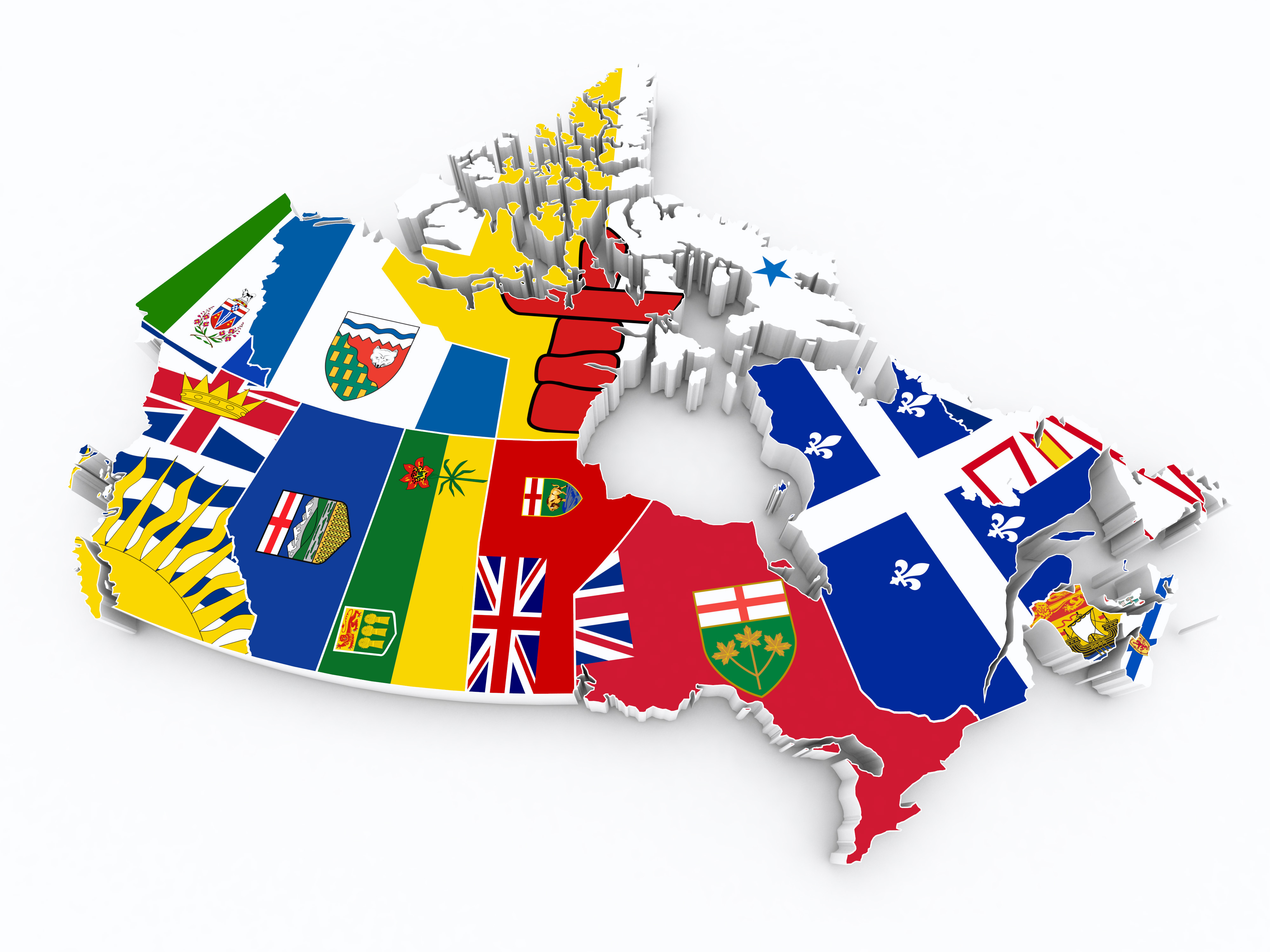IFSD Platform Assessment Framework: Fiscal Credibility of 2019 Federal Party Election Platforms
In October 2019, Canadians will go the polls to elect a new federal parliament. Political parties are busy preparing campaign strategies and plans, including policy platforms. Policy platforms have been an important staple of federal elections campaigns in Canada over the past three decades. For the 2019 federal election campaign, IFSD plans to assess the fiscal credibility of the election platforms of the major political parties. The purpose of this note is to outline, in advance, the principles and criteria that will be used to assess and score the platforms. As with government agendas after an election, there should be no surprises.
Learning From The Failures of Past Pharmacare Efforts
Over the past 60 years, there have been many attempts to expand and reform the Canadian healthcare system to include pharmaceutical drugs. In that time, changes have definitely been made at the provincial level to diminish the exorbitant costs of patented drugs. Many individuals remain without coverage and the cost of prescription drugs have increased sharply these past few years. This is no longer an issue of whether the federal government should do something or not. It needs to act since the current system is unsustainable.
Government funding of programs that invest in the early years programming could improve outcomes among Indigenous peoples
An international evidence base supports early intervention as an effective and cost-efficient approach to improving outcomes. Programs like the Martin Family Initiative’s Early Years have the potential to do just that with First Nations on-reserve communities.
Journey to Running in a Federal Election: Reflections on the Candidate Experience
Since Confederation, only a select few have held the title of Member of Parliament (MP), representing their constituents in Canada’s House of Commons. Our ability to elect our MPs is a core element of representative democracy.
Performance Evaluation of Gender Budgeting in Canada
Following the Liberal victory in the 2015 federal election, Prime Minister Justin Trudeau sent a strong message by establishing Canada’s first gender-equal cabinet. Since then, the federal government has been very vocal in its commitment to “embed feminism in all aspects of government work”.
How the Ontario Government could find significant savings with larger class sizes
If the government proposes to increase class size in our education system, it is important that MPs and citizens have access to a range of information including financial information, so that decisions are taken with as many facts on the table as possible. The purpose of this note is focus on potential fiscal savings. It is one factor among many that must be considered by our decision makers and those responsible for holding the government to account. As the Government of Ontario aims to change its fiscal trajectory, we may also wish to remind ourselves that Healthcare, Education, and Community Services account for nearly 70% of government spending. In this regard, it is hard to avoid touching the “Big 3” in any effort to significantly reduce the size of the deficit. The policy choices the government must make to restore fiscal balance in Ontario are tough political decisions.
Fiscal Policy: A Tale of Two Decades
In this note we provide an analysis of Canada’s actual and expected fiscal performance in two decades: 2014-15 to 2023-24 under the Liberal government (assuming it gets re-elected in October 2019) and 2005-6 to 2014-15 under the Conservative government. We will explore whether governments during those two periods designed their fiscal policies to address fundamental economic challenges facing the country or were driven by electoral politics and short-term economic developments.
Is Budget 2019 addressing key economic and financial challenges facing the Canadian economy?
Minister Morneau has tabled his fourth budget. We expected that it would be a budget that would enhance electoral prospects for the Government in October. However, what we got is a plan that touches upon many issues and sectors but does not effectively deal with any of the key challenges facing the economy.
Federal Deficit and Public Debt in Canada: Are We Aware of the Implications for the Medium-Term Outlook?
The 2018 Fall Economic Statement by the Federal Government projects budget deficits and continued increase in the public debt for the next five years. The question of public debt has always been the subject of much discussion, especially during the election year. In this brief, we assess the potential implications of rising public debt for Canada’s medium-term outlook.
Canadian Economic Forecast: Things to Watch––Oil Prices, Trade Agreements, and Interest Rates
After growing at a healthy pace in the first three quarters of this year, the Canadian economy is estimated to have slowed down in the fourth quarter, reflecting the impact of lower oil prices and global trade tensions.
Education Spending in Ontario: From the Classroom to the Cabinet Table
Education spending is always a heated topic no matter where you live, as the future economic and social success of children is paramount to everything from financial security in old age to long-term economic growth. But what drives education spending and the outcomes attained
Federal Fiscal Forecast: Accounting Revisions and Political Divisions
One year out from the 2019 federal election, and the battle lines are being drawn. Corporate income tax (CIT) rate cuts in the US have challenged Canada’s business tax advantage, and the pressure is on for the federal government to respond in the Fall Economic Statement. And then you have the federal carbon tax, the constitutionality and rationality of which is being challenged by several provincial governments and by every federal party on the right of the political spectrum. Beyond taxes, there is also the issue of the glacial pace at which infrastructure dollars have been flowing, resulting in large lapses. Add to that the flood of red ink spilled on the federal government’s fiscal forecasts, and Canadians should be prepared to be served up a spicy medley of rhetoric and public policies as Budget 2019 and election platforms are prepared.
For the Bank of Canada, Capacity’s Saying “Yes” and the Data’s Saying “Let’s Go”
With the announcement of the United States-Mexico-Canada Agreement (USMCA) on September 30th, one of the few hurdles that remained in the way of the Bank of Canada taking the next step in its rate-hiking journey has been pushed aside. Now, it’s not as though the USMCA was a material game changer from the trade perspective. In fact, the USMCA looks a lot like the North American Free Trade Agreement (NAFTA) that is was intended to replace. Instead, what it did was remove a great deal of uncertainty around the economic outlook, particularly for trade and the business investment that it supports.
How Much Can the Federal Government Blame Its Sizeable Deficits on the Economy?
Primed by an email exchange with some folks in the media, the Institute of Fiscal Studies and Democracy (IFSD) thought we would dig into the numbers to see how much of the current federal fiscal predicament is the result of deliberate decisions or exogenous forces. To do this we’ve compiled the economic forecasts from Budget 2015 through Budget 2018 and the fiscal impact estimates of economic shocks published in said budgets, as well as drawing from the 2015 Liberal Party of Canada election platform, analysis from the Parliamentary Budget Officer (PBO), and the Bank of Canada’s July 2015 Monetary Policy Report.
Canadian Economic Forecast: Rates on the Rise Despite Trump Trade Headwinds
The reality show which is U.S. trade policy continues to lurch forward, with each episode seemingly ending in a “To be continued …” as opposed to a season finale. The Trump administration remains hellbent on raising the cost of imports for American consumers and businesses by slapping tariffs on a hodgepodge of goods from abroad. Canada has been drawn into the fray as a consequence, reluctantly putting retaliatory tariffs on imports from the US in July following the introduction of levies on steel and aluminum headed to the Good Ole US of A.
Decomposing Provincial-Canada Yield Spreads: Does Fiscal Discipline Matter?
The market for Government of Canada securities is closely scrutinized by analysts, market participants, and government officials themselves. The market for provincial bonds generally receives less attention. However, at $642 billion in 2017 and representing 27% of capital markets in Canada, the market for provincial bonds was larger in size than that of the federal government at 23%. As some provinces will likely continue to finance important deficits by borrowing from financial markets and diversifying their borrowing methods, it is crucial to understand the dynamics at play in this segment of the market.
Measuring the Labour Market: How the ADP Employment Report Tracks the SEPH
An accurate measurement of the labour market is essential for making useful macroeconomic forecasts. Even the best models are only as good as the input data––as the saying goes, garbage in, garbage out. Statistics Canada has two programs to measure employment levels and trends: the Labour Force Survey (LFS) and the Survey of Employment, Payroll and Hours (SEPH). In the private sector, Automatic Data Processing, Inc. (ADP) publishes a report—the ADP Canada National Employment Report (NER)—that seeks to align with the SEPH. The ADP NER is relatively new to Canada and is not followed as closely as the LFS or the SEPH, but its timeliness is a plus. In contrast, the SEPH is the most delayed measure, but because of the nature of its underlying data, it provides very useful insights into short-term dynamics of the economy.
With Labour Market Slack Evaporating, the Bank of Canada Has the Green Light to Hike
Following the release of Statistics Canada’s June 2018 Labour Force Survey (LFS), the Institute of Fiscal Studies and Democracy (IFSD) has updated its Canada JØLTS for May 2018. It has also launched its new Nowcast of the Bank of Canada’s (BoC’s) Wage Common measure of underlying wage growth.
In Moving from the Homelessness Partnering Strategy to ‘Reaching Home’, the Federal Government Takes a Number of Positive Steps Forward and One Big Step Backwards
On June 11, 2018, the federal government announced its redesigned homeless program, Reaching Home. While details remain scant, Reaching Home leaves the impression that the government is prepared to take a number of bold and promising steps forward but is willing to risk progress with one big step backwards.
An Opportunity for Major Change in First Nations Child and Family Services
Moments of major change can set a country, a policy issue, or an organization on a new course. But how do you get there? Can you force that change or is there a magical alignment of interests and forces required for a critical juncture? Not all change has to come from major shocks, sometimes change can be gradual and build up over time, creating important – albeit gradual – shifts in course and outcomes. Major change, however, tends to come from a major shock.




















.jpg)

